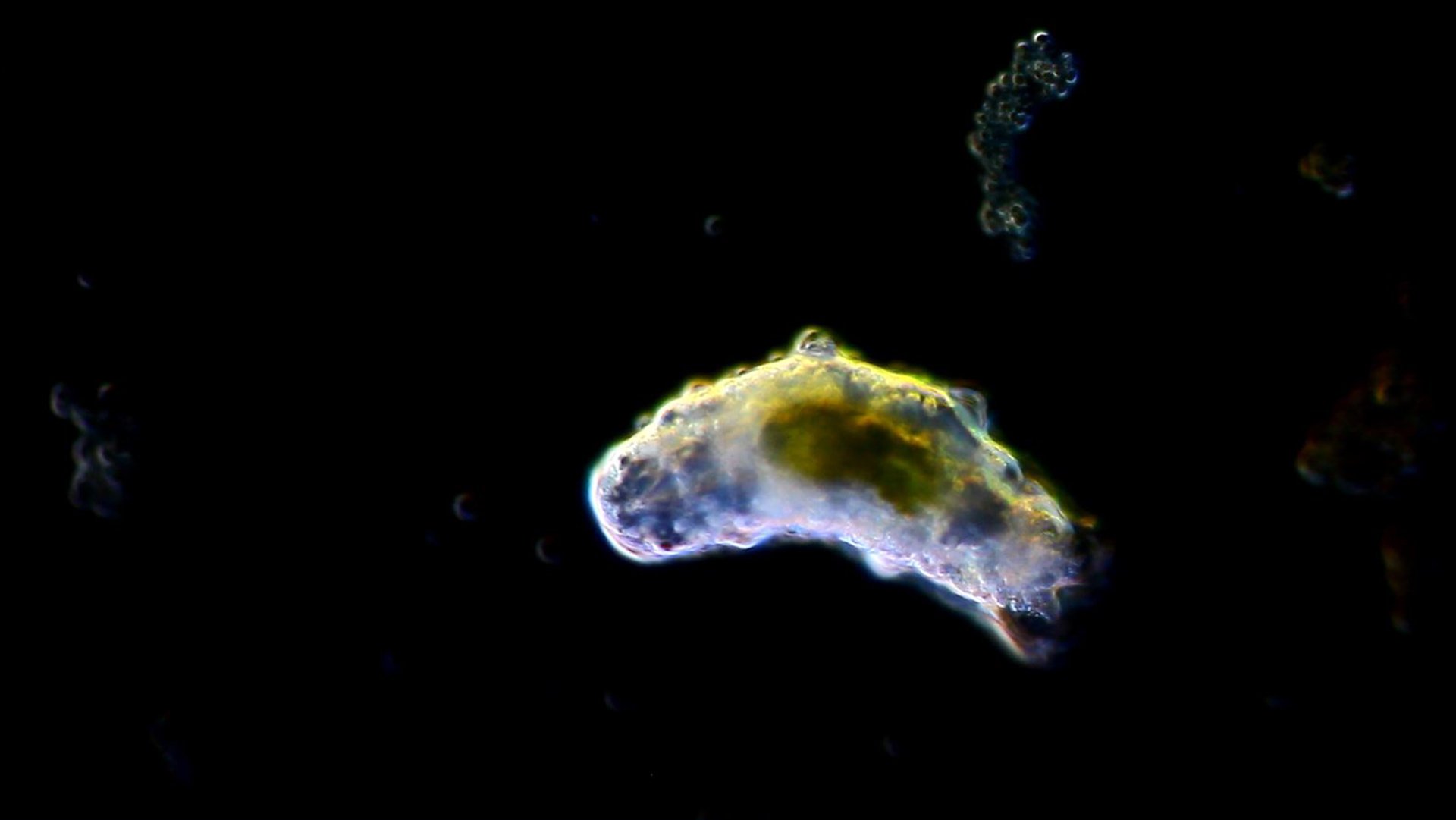When the unmanned Israeli lunar lander Beresheet crashed on the Moon last April, the vehicle was not only carrying a library of human history, but also a number of tardigrades, microscopic animals also known as water bears. It is possible that the unplanned crash on the surface of the Moon released these micro-animals into the local environment.
Space-faring organisations are bound to the Outer Space Treaty of 1967, which states that they must prevent outer space being contaminated with waste or with microbes. Unfortunately, the crash put an end to that.
Extreme survivors
Tardigrades are ideally suited for survival on the Moon. These micro-animals are able to expel almost all the water from their bodies and to enter a sort of hibernation. During this cryptobiosis, as it is called, tardigrades can survive virtually all conditions.
On Earth, they use this method to survive extreme pressures in the depths of the ocean or deadly radiation. Earlier experiments with these micro-animals have shown that they can even survive the vacuum of space.
However, we needn’t fear that the Moon will be completely overrun with tardigrades, as they will only become active again when water is in the vicinity. It is not known how long the tardigrades can survive on the Moon. Perhaps future astronauts will be able to retrieve the microbes and bring them back to life

